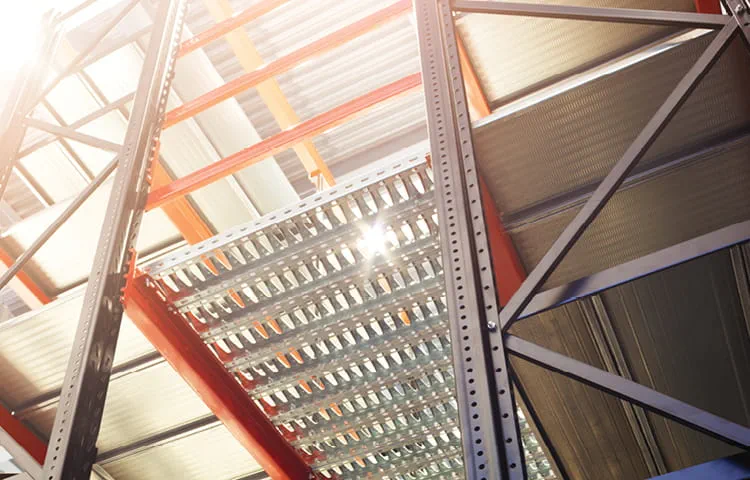For the data behind the commentary, download the full Q2 2025 U.S. Industrial Report.
Q2 Reasonably Healthy, Tariffs Beginning to Impact Demand
Demand for U.S. industrial space largely remained resilient in the face of higher tariffs and increased economic uncertainty. Overall net absorption exceeded expectations with a total of 29.6 msf in Q2 2025, on par with the 30.3 msf registered in the first quarter. The total was driven by the enduring trend of large corporate users’ flight to quality as more than 50 msf of warehouse space was absorbed in buildings built in more recent years. However, early signs of tariff-related impacts are emerging in select markets. The West Region posted -2.3 msf of net absorption, driven by significant occupancy losses in the Inland Empire and Los Angeles (-1.8 msf and -1.1 msf, respectively). Contributing to the pullback, container volumes at the Ports of Los Angeles and Long Beach—key entry points for imported Chinese goods—declined by 24% month-over-month in May, although they climbed modestly in June as the U.S. and China agreed to a 90-day pause on tariff increases. Conversely, 13 markets reported more than 1 msf of positive absorption for the quarter, led by Dallas/Ft. Worth (+6.8 msf), Houston (+3.4 msf), and Greenville (+2.7 msf).
New leasing activity finished the first half of the year with almost 309 msf of deals, marginally outpacing last year’s midyear total of 307.9 msf. Second quarter leasing was fueled by seven markets surpassing 5 msf of new transactions, including Dallas/Ft. Worth and Chicago, which each eclipsed 10 msf of activity. Toward the second half of the quarter, there was a flurry of large deals exceeding 500,000 sf which closed across some of the largest markets, including Atlanta, Houston, Chicago, New Jersey and Dallas/Ft. Worth. There were 11 deals greater than 1 msf inked nationwide throughout the quarter, largely driven by 3PL occupiers.
While the construction pipeline is shrinking, new supply continues to outpace net demand. Completions have fallen by 45% year-over-year (YOY) and are down 59% since peaking in the third quarter of 2023. At the same time, the share of build-to-suit (BTS) deliveries have nearly doubled from 17% one year ago to 30% in H1 2025. Markets in the Midwest, such as Chicago, Columbus, Kansas City, and Minneapolis, have all seen their deliveries driven by BTS activity through midyear. Nationally, the speculative share has fallen to 63%, hitting its lowest point in five years.
Rising Vacancies Ease Rent Growth From Historic Highs
The national industrial vacancy rate reached 7.1% in Q2, having now swelled by 430 bps since it reached a record low of 2.8% at midyear 2022. This marks the first time since Q2 2014 that vacancy has surpassed the 7% mark. However, vacancy remains just 10 bps higher than the long-term 15-year pre-pandemic historical average. Small warehouses under 100,000 sf remain especially tight with a 4.4% vacancy rate.
Annual average asking rent growth decelerated to 2.6% in Q2. However, the story is more nuanced with YOY rent declines in 41% of markets and rent growth exceeding 5% in a fifth of U.S. markets. Yet, cumulative rent growth over the last five years remains strong, averaging nearly 60%, meaning that occupiers can still find it challenging to adjust existing leases to market. Once again, the impact of tariffs has been more pronounced in the coastal markets as many have seen rental rate decreases over the last year, including the Inland Empire and Los Angeles at -10.5% and -10.2%, respectively. Though, asking rents in those two markets are still 57% and 91% higher than pre-pandemic levels. Meanwhile, warehouse and logistics pricing continues to reflect size-based segmentation, with smaller product commanding a 31% premium over spaces greater than 100,000 sf.
For the data behind the commentary, download the full Q2 2025 U.S. Industrial Report.







